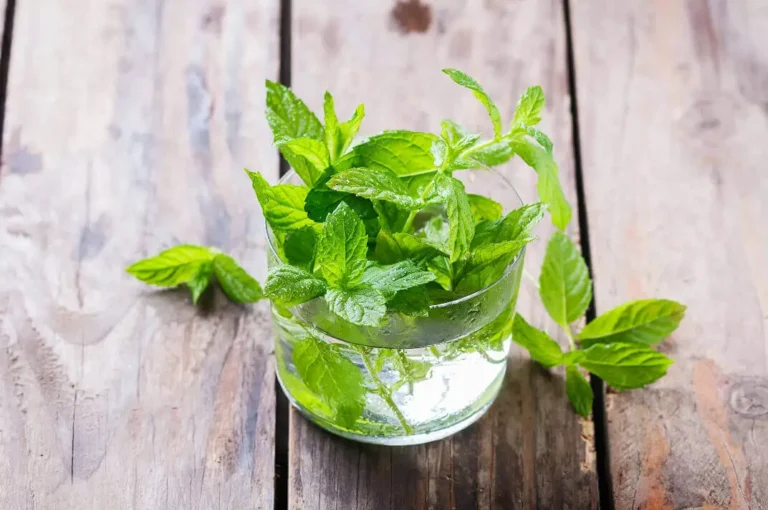Inspiring Blepharoplasty Before and After Transformations
Blepharoplasty, often known as eyelid surgery, is a cutting-edge cosmetic procedure that enhances the appearance of the upper or lower eyelids by removing excess skin, fat, and muscle. Whether the procedure is performed for aesthetic reasons or to repair vision that is impaired by drooping eyelids, it may have a significant impact on a person’s appearance and sense of self.
This Blepharoplasty Before and After article will walk you through what to expect from the procedure, recovery, and outcomes so you can make informed decisions and understand any potential changes that blepharoplasty may bring about.
Exploring Blepharoplasty: Its Definition and Historical Journey
Blepharoplasty, sometimes referred to as eyelid surgery, is a surgical procedure performed to enhance the appearance of the upper or lower eyelids by removing excess skin, fat, and muscle. The goal is to correct drooping or sagging eyelids, which can create the appearance of fatigue or age.
Sometimes functional issues, including visual impairment from sagging skin, are treated by blepharoplasty. The word “blepharoplasty” comes from the Greek words “blepharon” meaning eyelid, and “plastos,” which refers to molding or shaping.
The history of blepharoplasty can be traced back to ancient times. Early versions of this surgery were documented by Roman physician Aulus Cornelius Celsus in the 1st century. However, the modern development of blepharoplasty began in the early 19th century when German surgeon Karl Ferdinand von Graefe performed surgeries to correct eyelid deformities caused by injury or disease. His work laid the foundation for modern eyelid surgery.
The procedure became more refined and widely known in the 20th century as surgical techniques and anesthesia improved. In the 1950s and 60s, blepharoplasty started gaining recognition as a cosmetic surgery, particularly in celebrity circles. Surgeons began focusing on achieving not only functional outcomes but also enhancing aesthetic appeal, helping patients achieve a refreshed and youthful look.
In today’s medical world, blepharoplasty remains one of the most popular cosmetic surgeries globally. With ongoing advancements in technology and techniques, the surgery is now safer and more precise, offering shorter recovery periods and more natural-looking results. In terms of Blepharoplasty Before and After, it is evident how this procedure has evolved to deliver both cosmetic and practical benefits, making a lasting impact on patients’ lives.
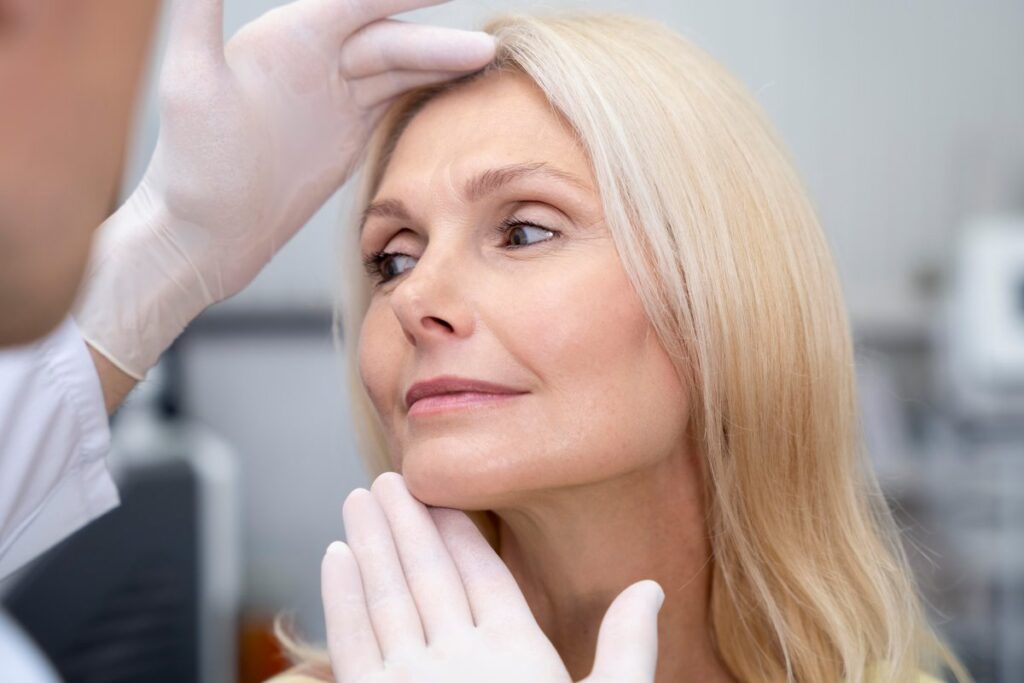
Overview of Blepharoplasty 5 Different Types
1. Upper Blepharoplasty
Upper blepharoplasty: Excess skin, fat, or muscle from the upper eyelids that causes drooping or puffiness is removed during this operation. This procedure is appealing to those who notice that as they age or become tired, their upper eyelids begin to droop.
Sometimes, sagging upper eyelids might obstruct one’s field of vision, which calls for upper blepharoplasty for both cosmetic and improved vision. During the operation, the surgeon creates a small incision along the natural crease of the eyelid to remove or rearrange tissue. Usually, the scar blends into the natural crease of the eyelid once it has healed.
2. Lower Blepharoplasty
The main goals of lower blepharoplasty are to lessen wrinkles, puffiness, and under-eye bags on the lower eyelids. Fat behind the eyes can change with age, contributing to puffiness and the impression of “bags.” With this kind of surgery, extra fat is removed or distributed, and the skin is tightened, all with the goal of smoothing the under-eye region.
Depending on the demands of the patient, the incision for a lower blepharoplasty is typically performed on the inside of the lower eyelid or just below the lower lash line, so as to conceal the scar. The effect is a more rejuvenated and young look.
3. Double Blepharoplasty (Asian Blepharoplasty)
Double blepharoplasty, also known as Asian blepharoplasty, is a procedure unique to individuals who desire a more defined eyelid crease. This type of surgery is common among patients of East Asian descent who naturally have a monolid (an eyelid without a crease).
The goal is to create a visible crease in the upper eyelid while maintaining a natural appearance. This type of surgery is highly customizable, as the height and definition of the crease can vary depending on the patient’s desired outcome. Double blepharoplasty has become one of the most sought-after cosmetic surgeries in East Asia, offering patients the opportunity to enhance the contour of their eyes.
4. Transconjunctival Blepharoplasty
Transconjunctival blepharoplasty is a less invasive option, typically used for younger patients or those with minimal skin excess. This type of surgery is performed on the lower eyelid by making an incision on the inside of the eyelid (the conjunctiva), through which fat is removed or redistributed. Because no external incision is made, there is no visible scarring. This technique is ideal for patients who have puffy under-eyes but do not require any skin removal or tightening.
5. Revisional Blepharoplasty
Revisional blepharoplasty is performed on patients who have previously undergone eyelid surgery but are not satisfied with their results, or who have experienced complications such as asymmetry, overcorrection, or under-correction. This type of surgery can be complex and is often done to address both aesthetic concerns and functional issues that arose from the initial procedure. The goal is to restore a more natural and balanced appearance while correcting any structural problems.
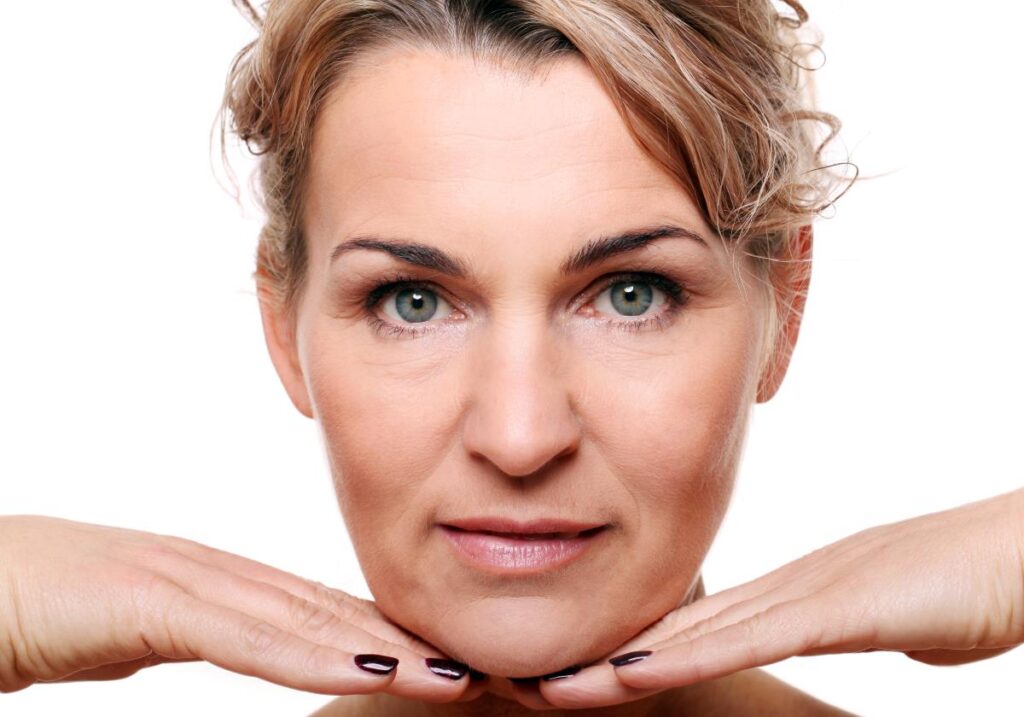
Transformative Benefits: Why Individuals Seek Blepharoplasty
Anyone looking to improve their looks or take care of functional difficulties around the eyes frequently undergo blepharoplasty, also known as eyelid surgery. Many factors, including as individual aesthetic objectives or health-related concerns, could influence a person’s decision to undergo blepharoplasty. The most common reasons people choose to get blepharoplasty are discussed in this part of Blepharoplasty Before and After.
✅ Aesthetic Enhancement
A popular motivation for blepharoplasty is to revitalize one’s face look. Because the skin surrounding the eyes is thin and prone to drooping or wrinkles with age, the eyes are frequently one of the first regions to exhibit symptoms of aging. More often than not, puffiness, bags under the eyes, and drooping upper lids can give the appearance of fatigue, aging, or lack of alertness.
Blepharoplasty smoothes the lines of the eyelids, reduces wrinkles, and removes or repositions extra skin and fat to help restore a young and rejuvenated appearance. Many patients, especially those who are worried about appearing tired or old, undergo blepharoplasty in order to feel more confident and content with their looks.
✅ Improved Vision
In certain instances, blepharoplasty Before and After offers both practical and cosmetic advantages. The skin surrounding the eyes might droop and lose its suppleness as we age. A hooding that covers the eyes and blocks peripheral vision can result from a substantial sagging of the top eyelids.
The term “dermatochalasis” refers to this ailment, which might interfere with routine tasks like driving, reading, or watching TV. Blepharoplasty, which removes extra skin from the eyelids and restores a cleaner field of vision, is a useful treatment for those whose drooping eyelids hinder their eyesight. In some situations, the procedure might not be entirely voluntary but rather medically required.
✅ Correction of Asymmetry
Some people are born with naturally uneven eyelids or develop asymmetry over time due to aging or medical conditions. Eyelid asymmetry can be subtle or pronounced, and for those who feel self-conscious about this imbalance, blepharoplasty can offer a solution.
By reshaping the eyelids and creating more symmetry between the two sides, this surgery can improve facial harmony. In the context of Blepharoplasty Before and After, patients often report feeling more balanced and attractive post-surgery, as the procedure helps to correct noticeable differences in their eyelid shape or position.
✅ Correction of Under-Eye Bags and Puffiness
Puffiness and bags under the eyes are common concerns as people age, often resulting from the natural displacement of fat and loss of skin elasticity. These features can give a permanently tired or stressed appearance, even if the person feels well-rested.
Lower blepharoplasty is specifically designed to address these concerns, removing or redistributing the fat and tightening the skin to create a smoother, more youthful look. For individuals who feel that their under-eye bags negatively affect their appearance, this type of blepharoplasty offers a dramatic improvement, restoring a fresher and more vibrant look.
✅ Cultural or Personal Preference
In some cases, individuals may seek blepharoplasty for cultural or personal reasons. Double eyelid surgery, or Asian blepharoplasty, is a specific type of procedure chosen by many individuals of East Asian descent who naturally have a monolid (eyelids without a crease).
This surgery creates a visible crease in the upper eyelid, enhancing the shape and contour of the eyes. While this procedure is common in certain cultural contexts, it is a highly personal decision, driven by individual preferences for how they want their eyelids to appear. The Blepharoplasty Before and After results in these cases often focus on achieving a specific aesthetic look that aligns with the patient’s cultural or personal ideals.
✅ Boosting Self-Confidence
Another significant motivation for blepharoplasty is the psychological impact of appearance on self-esteem. For many, the way their eyes look directly affects how they feel about themselves. Sagging eyelids, wrinkles, or under-eye bags may cause someone to feel less confident or attractive, leading them to consider surgery as a way to regain confidence.
By addressing these concerns, blepharoplasty can provide a psychological boost, as patients feel rejuvenated and more comfortable with their appearance. The Blepharoplasty Before and After difference is often dramatic, allowing individuals to feel more vibrant, confident, and satisfied with their overall look.
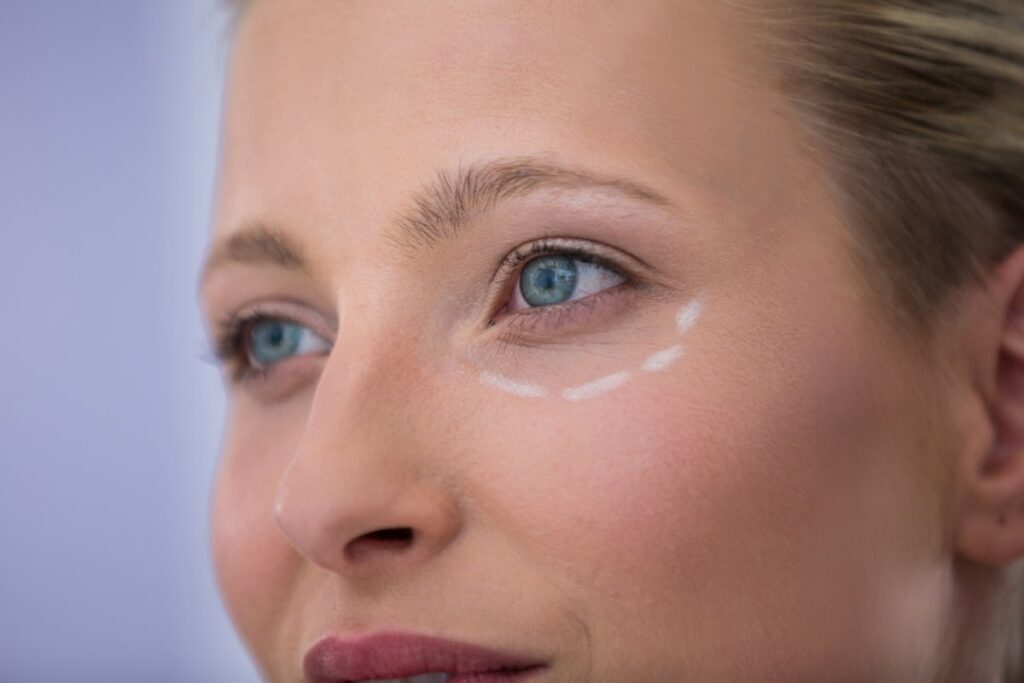
The Blepharoplasty Before and After Journey from Preparation to Recovery
Undergoing blepharoplasty is a significant decision, and understanding the entire process from preparation to recovery is essential for achieving the best possible results. In this Blepharoplasty Before and After guide, we will walk through the steps that lead to successful eyelid surgery, focusing on the key phases of preparation, surgery, and recovery, to ensure you have a comprehensive understanding of what to expect.
1. Preparation: Setting the Stage for Success
The first step in achieving optimal results from blepharoplasty starts well before the surgery itself. Proper preparation not only ensures a smooth procedure but also helps in achieving a faster recovery with minimal complications.
- Consultation and Planning: During your initial consultation, your surgeon will assess your medical history, overall health, and specific concerns. This is the time to discuss your aesthetic goals and expectations. The surgeon will take into account whether you’re looking to improve sagging upper eyelids, reduce under-eye bags, or correct both. Based on this, they will recommend the appropriate type of blepharoplasty.
- Pre-Surgery Guidelines: A few weeks before the surgery, your surgeon will provide specific instructions to help you prepare. This may include:
- Avoiding Certain Medications: Blood-thinning medications, such as aspirin or ibuprofen, should be avoided for at least two weeks before surgery, as they can increase the risk of bleeding.
- Lifestyle Adjustments: You may be asked to stop smoking and reduce alcohol intake, as these can interfere with the healing process.
- Eye Care: Your surgeon might recommend artificial tears or eye drops to keep your eyes moist, especially if you wear contact lenses.
Following these guidelines helps ensure that your body is in the best condition for surgery and reduces the likelihood of complications.
2. The Day of Surgery: What to Expect
On the day of your blepharoplasty, you’ll arrive at the surgical facility, and the process will begin with anesthesia, which can either be local (with sedation) or general, depending on the complexity of the surgery and your surgeon’s recommendation. The surgery itself typically takes between one to three hours.
- Upper Blepharoplasty Procedure: The surgeon will make a small incision along the natural crease of your upper eyelid to remove or reposition excess skin, fat, and muscle, lifting the eyelid for a more youthful appearance.
- Lower Blepharoplasty Procedure: For the lower eyelids, the surgeon will either make an incision just below the lashes or on the inside of the eyelid. Through this, they will remove or redistribute fat and tighten the skin, reducing puffiness and under-eye bags.
The incisions are meticulously placed within natural creases, making any scarring minimal and barely visible once fully healed.
3. Immediate Post-Surgery: The Early Recovery Phase
After surgery, you will be closely monitored before being allowed to return home. Most blepharoplasty before and after procedures are performed on an outpatient basis, meaning patients can go home the same day.
- Swelling and Bruising: Expect some degree of swelling and bruising around the eyes immediately after surgery, which is completely normal. These symptoms usually peak within the first 48 hours and start to subside within a week.
- Discomfort: Mild discomfort, tightness, or dryness of the eyes may occur, but these can be managed with prescribed pain medications and lubricating eye drops.
- Cold Compresses: Applying cold compresses to the eye area can help reduce swelling and bruising in the early days of recovery.
4. The Recovery Process: A Path to Transformation
The recovery period is crucial in achieving the best Blepharoplasty Before and After results from your blepharoplasty. Following your surgeon’s post-operative instructions is key to ensuring a smooth healing process.
- Suture Removal: If sutures were used, they are typically removed within five to seven days after surgery. Dissolvable sutures may be used in some cases.
- Activity Restrictions: You should avoid strenuous activities, heavy lifting, and bending over for at least two weeks. Rest is vital during the early stages of healing to prevent complications and allow your body to recover.
- Eye Care: It’s important to keep the eye area clean and dry. Your surgeon may recommend using specific ointments or eye drops to keep the area moisturized and free from infection.
- Gradual Improvement: While some initial results will be visible within the first week, full results will continue to improve over the course of several months as swelling subsides and the eyelid contours settle into their final shape.
5. Long-Term Results: Your Blepharoplasty Before and After Transformation
The final results of your blepharoplasty before and after will become fully apparent after about three to six months. By this time, swelling will have completely resolved, and the incision lines will be faint and barely noticeable. The most significant part of the Blepharoplasty Before and After transformation is the enhanced appearance of the eyes—smoother eyelids, reduced puffiness, and a more youthful, refreshed look.
- Longevity of Results: Blepharoplasty results are generally long-lasting. While the natural aging process continues, most patients enjoy the benefits of their surgery for many years before any further cosmetic adjustments may be considered.
Blepharoplasty Comprehensive Look at Risks and Safety Precautions
Blepharoplasty, while generally considered a safe and effective cosmetic procedure, carries certain risks like any surgical intervention. Understanding these potential risks and taking appropriate precautions can help minimize complications and ensure a smoother recovery. This section of Blepharoplasty Before and After outlines the most common risks associated with the procedure and the necessary precautions to take Blepharoplasty before and after surgery.
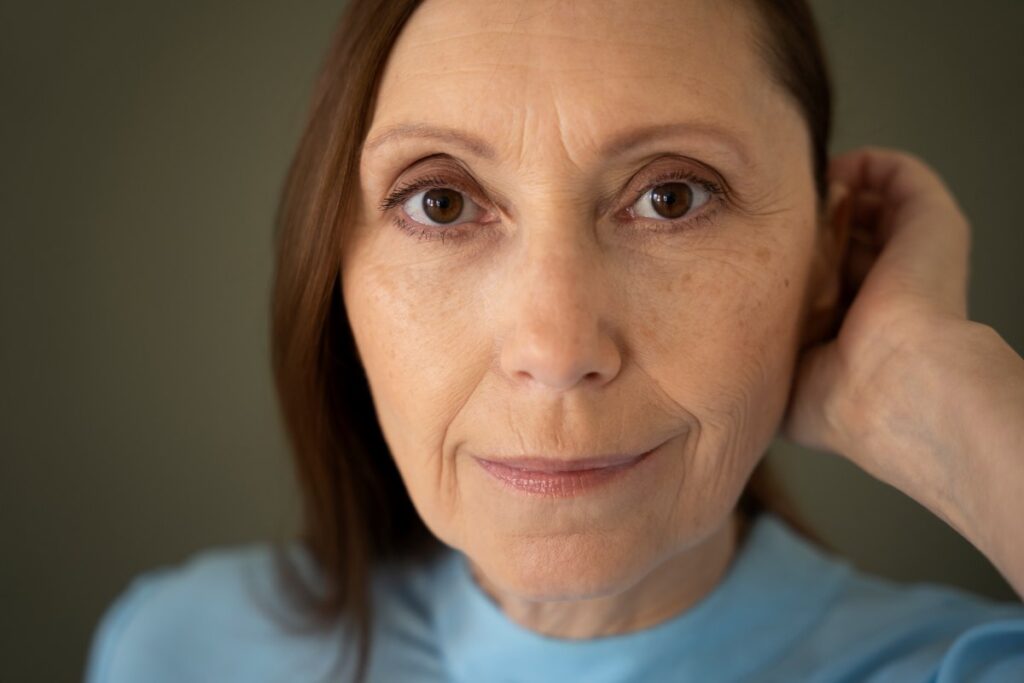
1. Potential Risks of Blepharoplasty
Though complications are rare when blepharoplasty is performed by a qualified surgeon, it is important to be aware of the risks involved. Here are some of the potential risks that patients may encounter:
❌ Bruising and Swelling
One of the most common side effects of blepharoplasty is bruising and swelling around the eye area. These symptoms are usually temporary, but they can be uncomfortable and may take one to two weeks to subside. In some cases, swelling may last longer, particularly if the patient has undergone both upper and lower eyelid surgery.
❌ Infection
As with any surgical procedure, there is a risk of infection at the incision site. Symptoms of infection include redness, warmth, pus, or increasing pain around the surgical area. Although infections are rare when proper post-operative care is followed, they can occur and require prompt treatment with antibiotics.
❌ Scarring
While blepharoplasty incisions are strategically placed along natural eyelid creases to minimize visible scarring, scarring is still a possibility. In most cases, the scars fade significantly over time and are barely noticeable. However, in rare instances, the scars may become raised or more prominent, especially if the patient has a history of poor wound healing or keloid formation.
❌ Dry or Irritated Eyes
Some patients experience dry or irritated eyes following blepharoplasty, especially in the first few weeks after surgery. This can be due to temporary swelling that affects the eyelid’s ability to close fully. In most cases, these symptoms resolve on their own as the swelling goes down. Your surgeon may prescribe lubricating eye drops or ointments to help alleviate discomfort during the healing process.
❌ Difficulty Closing the Eyes
After surgery, some patients may find it difficult to fully close their eyes, particularly when sleeping. This is typically due to swelling or tightness in the area. In rare cases, if too much skin was removed during the procedure, this condition could persist and may require corrective surgery.
❌ Vision Changes
Temporary changes in vision, such as blurred or double vision, can occur following blepharoplasty. This is usually caused by swelling or the use of protective eye ointments during the healing process. These vision changes are generally short-lived and resolve within a few days to a week. Permanent vision changes are extremely rare but can occur if complications arise during or after surgery.
❌ Asymmetry
While surgeons aim to create a balanced and symmetrical appearance, minor asymmetry between the eyes may occur as a result of differences in healing or surgical technique. Most cases of asymmetry are subtle and improve as healing progresses. In rare cases, additional surgery may be required to correct significant asymmetry.
❌ Overcorrection or Undercorrection
During blepharoplasty, the surgeon removes excess skin, fat, and tissue to create a smoother, more youthful appearance. In some cases, too much or too little tissue may be removed, resulting in overcorrection or undercorrection. Overcorrection can lead to a hollowed or tight appearance, while undercorrection may leave the eyelids still sagging or puffy. In such instances, revision surgery may be necessary to achieve the desired results.
❌ Bleeding and Hematoma
While uncommon, excessive bleeding or the formation of a hematoma (a collection of blood beneath the skin) can occur after surgery. This condition may require additional treatment, such as drainage or revision surgery, if it does not resolve on its own.
❌ Ectropion or Entropion
Ectropion (outward turning of the lower eyelid) or entropion (inward turning of the eyelid) are rare complications that can occur following lower blepharoplasty. These conditions may affect the eyelid’s function, causing irritation and requiring further surgery to correct.
2. Precautions to Minimize Risks
To reduce the risk of complications and ensure the best possible Blepharoplasty Before and After results, there are several precautions patients should take before and after surgery.
Choose a Qualified Surgeon
One of the most critical steps in ensuring a successful blepharoplasty is choosing a board-certified plastic surgeon or oculoplastic specialist with extensive experience in eyelid surgeries. A qualified surgeon will have the necessary skills to minimize risks and provide the best possible outcome.
Full Disclosure of Medical History
During your consultation, be sure to provide your surgeon with a complete medical history, including any past surgeries, medications, allergies, and underlying health conditions. Certain conditions, such as thyroid issues, dry eye syndrome, or cardiovascular problems, can increase the risks associated with blepharoplasty before and after.
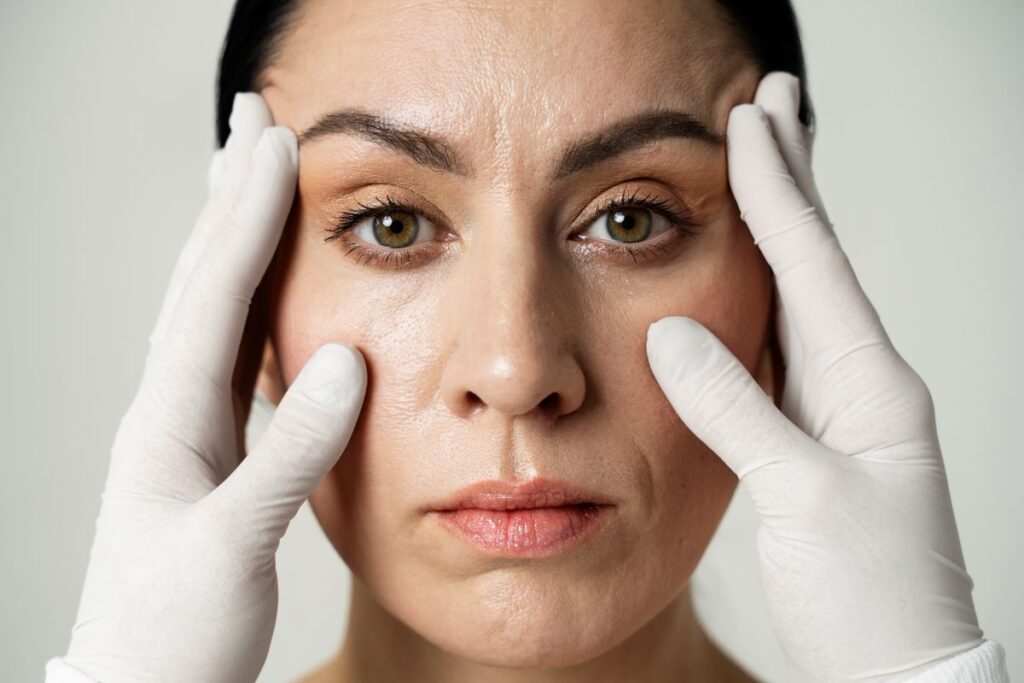
Follow Pre-Operative Instructions
Your surgeon will provide you with detailed pre-operative instructions to ensure that your body is prepared for surgery. These may include:
- Avoiding Blood Thinners: Stop taking aspirin, ibuprofen, and other blood-thinning medications at least two weeks before surgery to reduce the risk of excessive bleeding.
- Smoking and Alcohol: Smoking and excessive alcohol consumption can impede the healing process, so it’s important to quit smoking and limit alcohol intake in the weeks leading up to surgery.
- Arranging Post-Surgery Assistance: Ensure that you have someone to drive you home after surgery and help you with basic tasks for the first few days of recovery.
Adhere to Post-Operative Care
Proper post-operative care is crucial for reducing complications and ensuring a smooth recovery. After your surgery, follow your surgeon’s instructions closely, which may include:
- Keeping the Head Elevated: Elevating your head during sleep and rest helps minimize swelling and promotes healing.
- Applying Cold Compresses: Using cold compresses during the first 48 hours after surgery can help reduce swelling and bruising.
- Taking Prescribed Medications: Use prescribed pain medications, antibiotics, and eye drops as directed to prevent discomfort, infection, and dryness.
- Avoid Strenuous Activities: For at least two weeks after surgery, avoid heavy lifting, strenuous exercise, and bending over to prevent increased blood pressure around the eyes, which can lead to bleeding or swelling.
- Protect the Eyes: Wear dark sunglasses to shield your eyes from direct sunlight, wind, and dust during the healing process.
Attend Follow-Up Appointments
Regular follow-up appointments with your surgeon allow them to monitor your healing progress and address any concerns promptly. If any unusual symptoms arise, such as increased pain, fever, or sudden changes in vision, contact your surgeon immediately.
Blepharoplasty Before and After Analog Procedures
When contemplating cosmetic improvements near the eyes, blepharoplasty is a popular surgical procedure. Nonetheless, a number of analog techniques have comparable advantages and can be used in addition to or as a substitute for one another.
Since every surgery has different features and recovery profiles, it is essential to understand them in order to make an educated selection. Take a closer look at these alternative blepharoplasty techniques that might improve your Blepharoplasty Before and After experience.
1. Upper Eyelid Lift (Ptosis Surgery)
The main goal of upper eyelid lift, also known as ptosis surgery, is to treat drooping eyelids. Tightening the muscles supporting the eyelid is the main goal of ptosis surgery, whereas blepharoplasty eliminates extra skin and fat. This operation is particularly helpful for those whose drooping eyelids are caused by weak muscles rather than extra skin.
Similar cosmetic outcomes to blepharoplasty are anticipated by patients, who frequently report better eyesight and a more youthful appearance.
2. Lower Eyelid Lift
Similar to its cousin for the upper eyelid, the lower eyelid lift targets certain issues below the eyes, such as puffiness and bags. In order to provide smoother outlines, this technique frequently includes eliminating extra fat and tightening the skin. The outcomes can have a profound impact on one’s entire look, much like blepharoplasty. Patients can see a noticeable improvement in their appearance with a lower eyelid lift blepharoplasty before and after.
3. Canthoplasty
A surgical treatment called canthoplasty modifies the eye’s outer corner. By tightening the structures of the eyelids, it might provide the illusion of being more young and extended. Though less popular than blepharoplasty, this technique can be paired with surgery on the eyelids for a more comprehensive cosmetic improvement. Patients may think about this as part of their Blepharoplasty Before and After plan if they want to improve the shape of their eyes while treating drooping eyelids.
4. Non-Surgical Eyelid Treatments
Non-surgical procedures like injectable fillers and neuromodulators (like Botox) might temporarily allay similar worries for those who are reluctant to have surgery. Botox can reduce brow drooping and crow’s feet, while fillers can smooth out hollows beneath the eyes.
For people who want to improve their looks without committing to surgery, these procedures can be excellent choices. While the results of these treatments may not be as striking, they may still be a great way to rejuvenate and a good starting point for surgical choices.
5. Laser Skin Resurfacing
Another comparable surgery that may be used in conjunction with blepharoplasty is laser skin resurfacing. This procedure tightens the skin around the eyes, minimizes small wrinkles, and enhances the texture of the skin utilizing focused laser technology.
Although it doesn’t raise the eyelids directly, by taking care of surface-level issues, it can improve blepharoplasty outcomes. A more youthful, smoother look is what patients may anticipate, which is in line with the objectives of blepharoplasty before and after changes.
Summary
In summary, blepharoplasty is a transformative procedure that offers both aesthetic and functional benefits, making it a popular choice for those looking to refresh their appearance or address vision issues. As highlighted throughout the Blepharoplasty Before and After guide, the surgery can effectively reduce sagging eyelids, puffiness, and under-eye bags, delivering a more youthful and alert look. Additionally, many patients experience improved vision and eye comfort, which adds to the overall quality of life after surgery.
While the potential risks of blepharoplasty before and after—such as bruising, scarring, and temporary vision changes—should not be overlooked, these are generally rare when performed by a skilled surgeon. Following the necessary precautions, including choosing a qualified professional and adhering to both pre- and post-operative instructions, plays a vital role in achieving the best outcomes with minimal complications.
Ultimately, Blepharoplasty Before and After results show that this procedure can greatly enhance confidence, appearance, and even eye functionality. By balancing the potential risks and rewards, patients can feel reassured that with proper planning and care, their blepharoplasty before and after journey can lead to a highly satisfying transformation.




